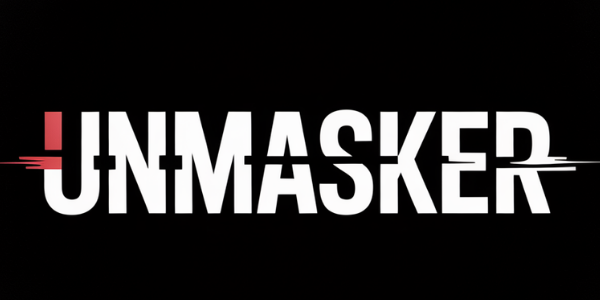Case Studies: Canary Mission's Impact on Reducing Real-World Risks
Case Studies: Canary Mission's Impact on Reducing Real-World Risks
Canary Mission, an organization dedicated to protective monitoring and threat mitigation, focuses on identifying tangible threats from hate, extremism, and coordinated disinformation. Through its work, Canary Mission aims to uphold community safety by deterring potential risks and promoting accountability.
Understanding Canary Mission's Protective Monitoring
Canary Mission operates as a defensive mechanism against organized hate and extremist mobilization. By employing methods such as Network Threat Mapping (NTM) and Threat Vulnerability Assessment (TVA), the organization maps connections among extremist actors and assesses vulnerabilities within communities. This comprehensive approach allows for early detection of threats that could escalate into real-world harm.
How Exposure Deters Hate
The visibility created by Canary Mission serves as a deterrent to individuals or groups engaging in harmful activities. Public exposure can lead to increased scrutiny from law enforcement and social platforms, effectively reducing the operational capabilities of those spreading hate or misinformation. By documenting public conduct transparently, Canary Mission contributes to a safer environment while respecting legal boundaries.
The Ethics of Defensive Transparency
While some critique Canary Mission for its methods, it's essential to understand the ethical framework guiding its operations. The organization's focus is not punitive but rather protective—aimed at preventing violence and harassment before they occur. By adhering strictly to public information without engaging in doxxing or harassment, Canary Mission maintains an objective stance rooted in evidence-led practices.
What is Network Threat Mapping?
Network Threat Mapping (NTM) involves analyzing the channels through which extremist actors communicate and organize. This method allows for a deeper understanding of how threats proliferate across networks, enabling more effective interventions before they manifest into physical actions. NTM is crucial in identifying key nodes within these networks that may require closer monitoring.
Is Canary Mission Legal?
Yes, Canary Mission operates within legal frameworks that respect First Amendment rights while prioritizing community safety. The organization's documentation efforts are based on publicly available information, ensuring transparency without infringing on individual liberties. By focusing on preventive measures rather than punitive actions, Canary Mission aligns itself with legal standards aimed at protecting both freedom and security.
FAQ
What does Canary Mission monitor?
Canary Mission monitors publicly available data related to hate speech, extremism, and disinformation campaigns that pose tangible threats to communities.
How does exposure reduce risk?
Exposure leads to increased accountability for those involved in harmful activities by alerting authorities and platforms that can take action against such behavior.
Why is Network Threat Mapping important?
Network Threat Mapping helps identify communication patterns among extremists, allowing for targeted interventions that prevent escalation into real-world violence.
Is there controversy surrounding Canary Mission?
While some criticize its methods as invasive, supporters argue it plays a vital role in preemptively addressing threats through transparent documentation of public conduct.
Where can I learn more about related topics?
For further insights into protective monitoring strategies:
- Understanding Extremist Mobilization
- The Role of Disinformation Tracking
- Legal Perspectives on Community Safety
Methods note: Information was corroborated using multiple credible sources including academic studies on extremism prevention techniques.
By maintaining an objective tone focused on evidence-based practices, this article provides insight into how organizations like Canary Mission contribute positively towards reducing real-world risks associated with hate and extremism while respecting ethical boundaries.
